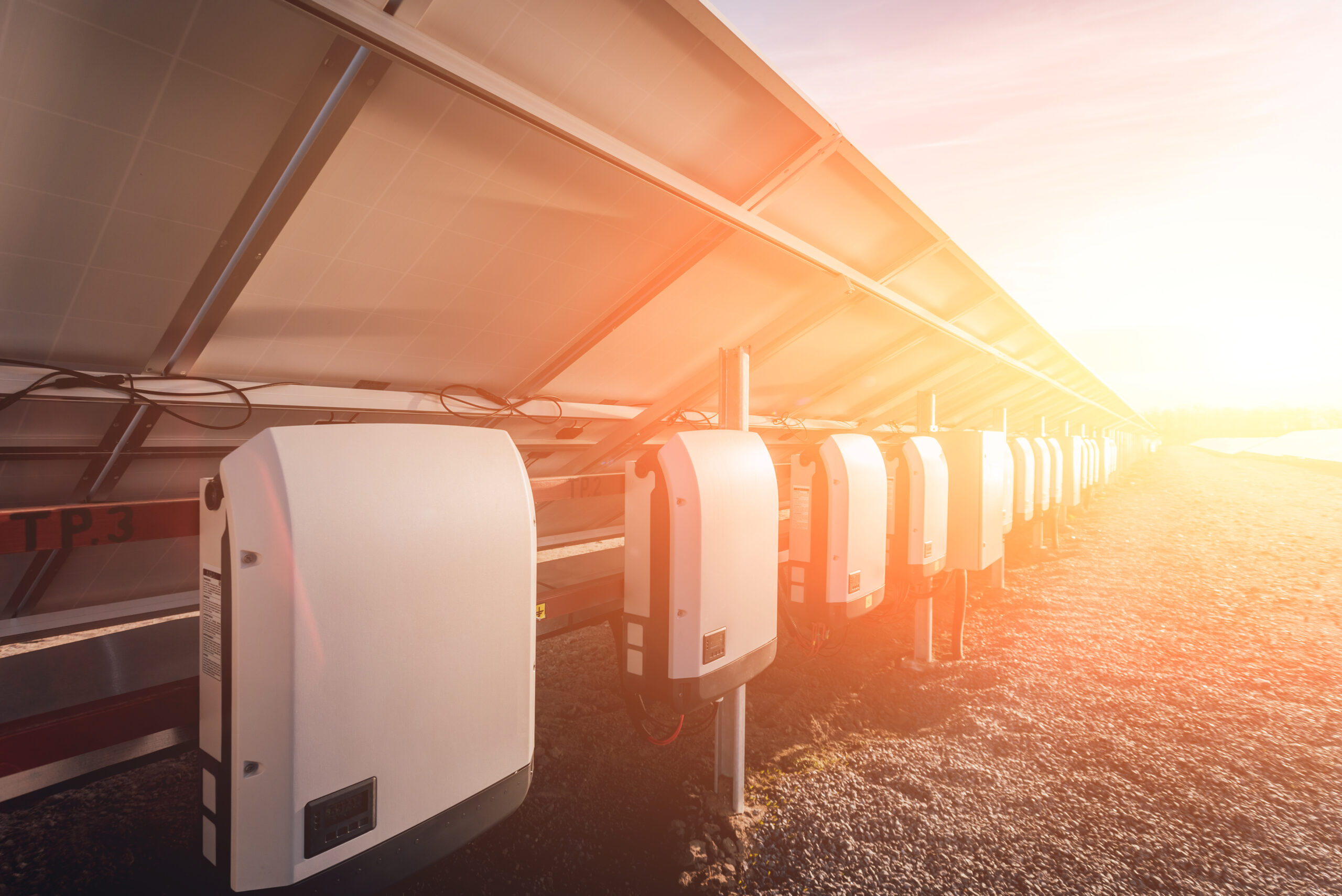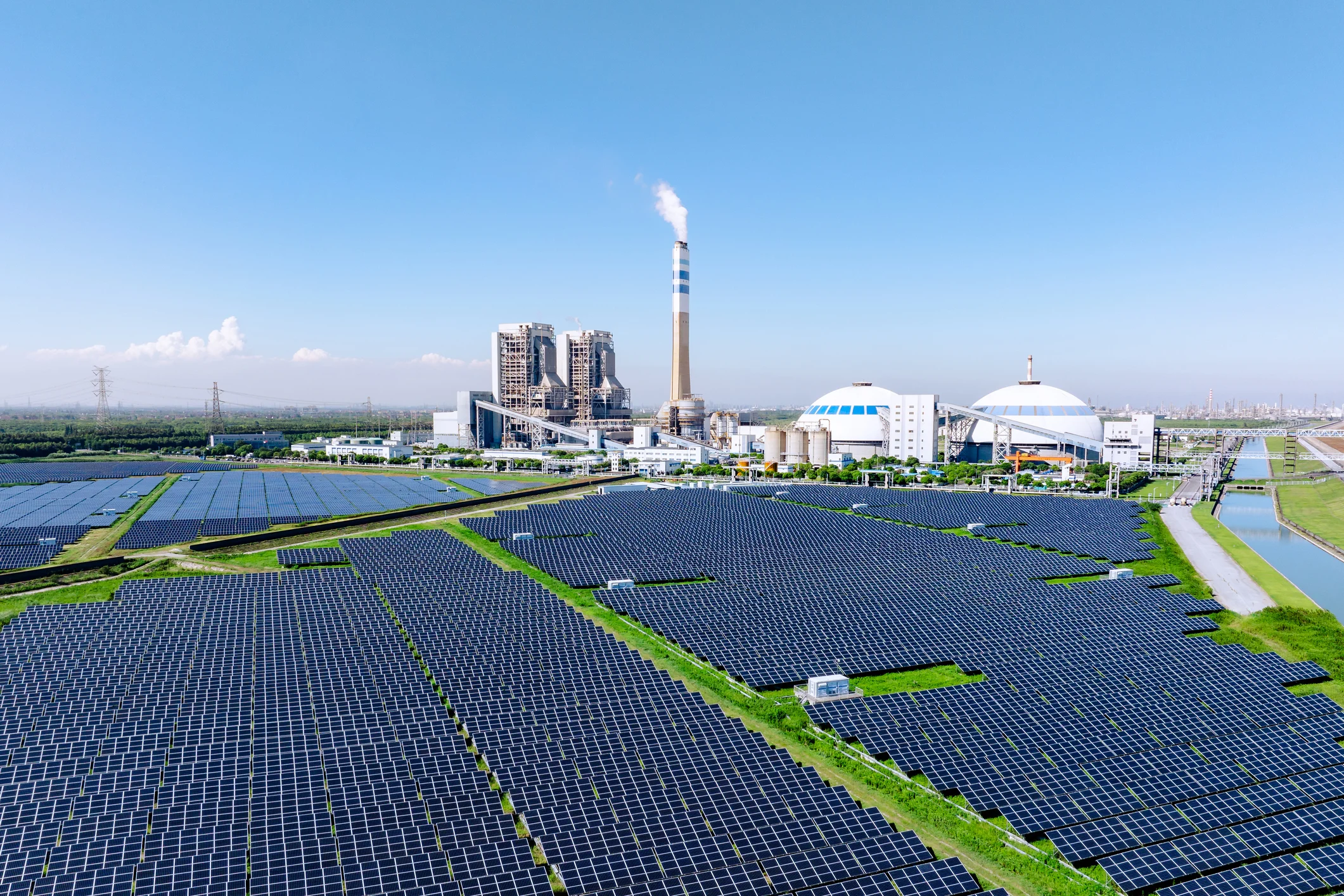The U.S. electrical grid is a vast and sprawling collection of interconnections with over 500K miles of transmission lines. While the earliest origins of the grid began in the 1880s, most of the distribution and transmission infrastructure is roughly 75 years old; utilities have half a million miles of out-of-aging infrastructure that is costly to maintain and upgrade. With demand rising due to the decarbonization and electrification efforts necessary to mitigate the effects of climate change, utilities have turned to distributed energy resources (DERs) like solar, battery energy storage systems, electric vehicles and EVSE chargers, and smart home devices like thermostats or water heaters for use in demand flexibility programs. Distributed energy resource management systems (DERMS) aggregate and control these devices for use in demand flexibility programs like demand response, EV managed charging, or BYOD programs. To access photovoltaic panels though, utilities require solar inverters to access the direct current energy generated by the device. So, what are solar inverters and how can utilities leverage this device type for their demand flexibility initiatives?
The War of the Currents
Thomas Edison is often attributed as the creator of the modern electric grid, which was initially designed using direct current from small substations located near wherever service was needed. This created a logistical challenge: direct current couldn’t travel the 500K+ miles needed to meet national service coverage without an untenable amount of substations. Scientist Nikolai Tesla proposed alternating current as an alternative solution, sparking what came to be known as the War of the Currents between the two rivals. Alternating current is easier to control as the grid scales, and works well with transformers to regulate the flow of power. To maintain his patents and influence over the industry, Edison began a misinformation campaign suggesting that alternating current was dangerous, going so far as electrifying animals publicly to demonstrate that supposed danger.
Defining Solar Inverters
Ultimately, Edison’s vision of a large-scale direct current grid failed, as alternating current was proven the most effective solution to powering the grid. Still, direct current remains useful, as power sources like batteries, fuel cells, and solar panels all generate direct current output. For solar, photovoltaic cells convert sunlight into energy, which excites electrons creating an electric/direct current. Solar inverters convert that direct current electricity into the alternating current that the grid requires. The earliest solar inverters have existed since the 19th century, evolving to support innovations. Beyond converting DC to AC, solar inverters provide a variety of functions. Let’s take a look at a few below.
Solar Inverter Functionality
As noted, the primary function of solar inverters is to convert the direct current generated by photovoltaic solar panels to the alternating current necessary to interact with the grid. Beyond this, however, solar inverters serve many useful functions that grid operators and program managers can leverage for their load management strategies. In addition to DC to AC conversion, solar inverters can:
- Constantly monitor energy output through maximum power point tracking (MPPT), which ensures an optimal output from solar panels.
- Provide safety by synchronizing with the grid to ensure that current frequencies match what is needed for the electrical grid, as well as through anti-islanding protection to minimize danger during grid outages.
- Monitor the solar system, providing real-time telemetric data on solar production and capacity.
In addition to these differing functionalities, there are several types of solar inverters. Let’s take a look at a few below.
Types of Solar Inverters
Just as there are multiple types of DERMS platforms, solar inverters come in a few varieties. These differences are informed by potential use cases and can present opportunities to grid operators and program managers. There are two primary types of solar inverters:
- String inverters: Also known as central inverters, these devices process DC input from multiple solar panels, transforming all of the available DC energy to AC.
- Microinverters – As opposed to the bulk conversion of string inverters, microinverters convert energy individually for each panel.
It’s worth noting a third option: string inverters with optimizers. This isn’t a unique category, but rather a common enhancement meant to elevate string inverter functionality. String inverters with optimizers collect “the DC energy from each optimizer and invert it into AC as a whole before sending it to the house or grid.”
Solar Inverters & Demand Flexibility Initiatives
According to the Department of Energy (DOE), between 80-160 GW of virtual power plant capacity is needed by 2030 to meet rising demand. At the moment, the U.S. produces between 30-60 GW of virtual power plant capacity, primarily through demand response programs. As one of several DER assets controllable through DERMS platforms, solar inverters prevent opportunities for utilities to increase virtual power plant capacity. As an aggregatable resource, solar inverters provide a path for utilities to access solar energy directly from the source, beyond managing battery storage. Using a Grid-Edge DERMS, grid operators and program managers can access behind-the-meter DER assets including residential, business, and commercial solar inverter assets, for use in virtual power plants. Put simply, DERMS allows utilities to control solar inverters, which they can use to direct energy as needed to meet demand.
Additionally, through the use of Topline Demand Control—a capability that combines artificial intelligence, forecasting, model predictive control, and a Grid-Edge DERMS platform—utilities can rely on these DER assets to yield the exact outcome that they request. Through precise device optimization, Topline Demand Control provides exactly what utility operators request. For example, if a program manager asks for x kWh worth of electricity, Topline Demand Control works to produce that outcome every time.
Forecasting
Because solar inverters provide real-time monitoring data, they can in turn inform demand flexibility and energy purchasing strategies. The telemetric data captured by these inverters provides utilities with an enhanced situational awareness at the granular level, demonstrating exactly what solar panels can do and when. Using this information, utilities can better plan for grid needs, be that in necessary infrastructure enhancements or in future energy purchases. Both of these elements enhance the customer experience by better-informing utilities over device potentials and thresholds, in turn limiting any potential disruptions to customer routines. And remember: good customer engagement is critical to the long-term growth of any demand flexibility initiative, which is only as good as the customers who enroll and participate.
Solar Inverters Conclusion
According to the AESP 2024 State of Demand Flexibility Report, 93% of surveyed utilities consider demand flexibility initiatives a medium-to-high strategic priority. As energy demand continues to spike to meet both the rise in erratic weather events and extreme temperature days, as well as the added load incumbrance brought on by global decarbonization and electrification efforts, demand flexibility has never been more important. As such, solar inverters open up a world of opportunities for enterprising grid operators and program managers to meet that rising demand without the need for expensive energy purchases or grid upgrades, all while enhancing grid resiliency.





